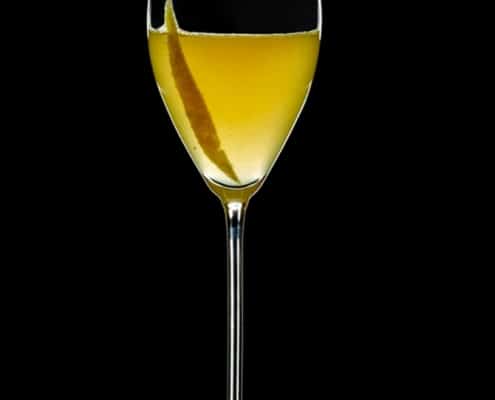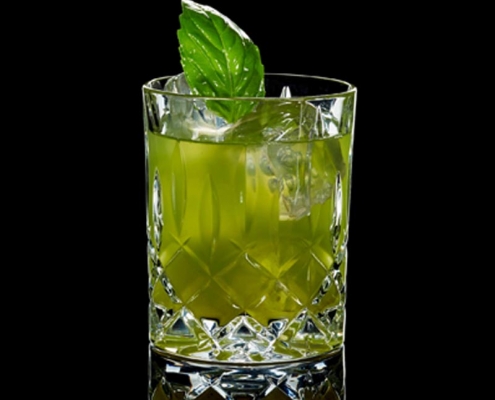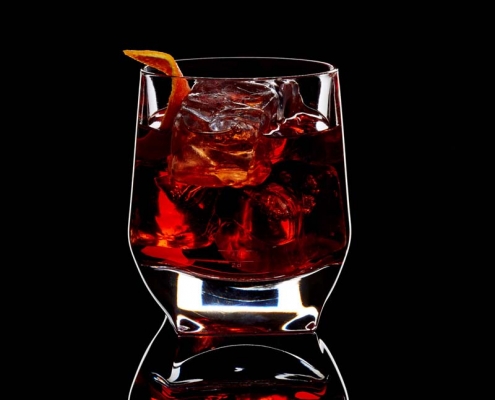Old Tom Gin
To understand what exactly Old Tom Gin is, you need to delve a little into the history of gin. The English first learnt about the Dutch spirit genever in the 17th century. By the time William III of Orange-Nassau ascended the throne in London, juniper brandy had become a big thing in England. In just a few years, the Dutch genever became the number one spirit in England, gin.
However, quality did not play a particularly important role for the English at the beginning of the 18th century. The cheapest alcohol of questionable quality and origin was mixed with herbs, spices and other plant parts, but also with extremely harmful substances such as turpentine and sulphuric acid. Although the result was intoxicating, it was also extremely detrimental to health and often had a terrible flavour. Sugar was added to the gin to compensate for these off-flavours in the spirit.







